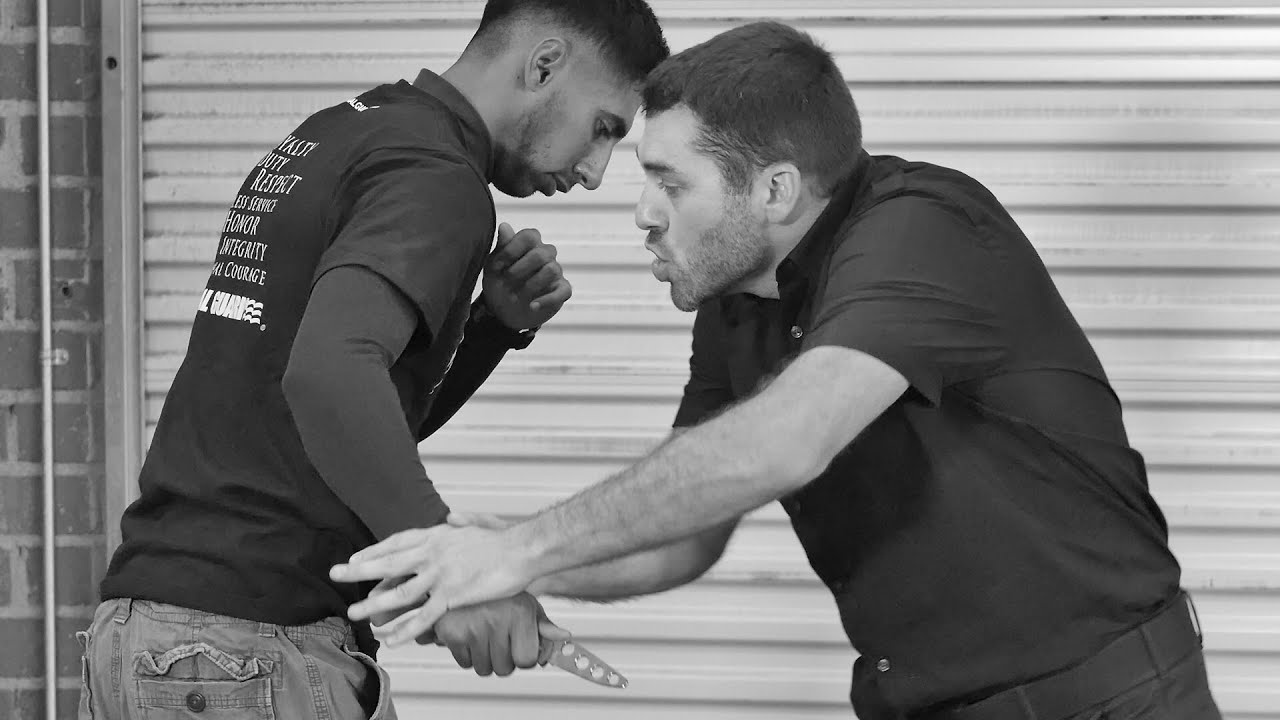 From Patriotic Alternative.
From Patriotic Alternative.
Luke Gibson
Recent events such as the knife attack perpetuated on women and infants in Annecy, and the early morning stabbings in Nottingham highlight the fact that we are living in a society of increasingly malicious and cowardly violence. Despite the best efforts of the establishment and much of the mainstream media to downplay, trivialise and de-sensitize us to such incidents, they are now so close to home that many of us are left wondering what we would do if we found ourselves victim or witness to such a horrific assault.
Often we turn to other images of similar violence in the hope of some form of instruction, unfortunately these usually consist of fanciful fight scenes or choreographed martial arts instruction. These are useless at best and harmful at worst. The truth is, unless we have previous, repeated experience of being in similar situations none of us can know how we would react. This, however, does not make it unworthy of consideration. Some form of mental and physical preparation for such a scenario is significantly preferable to none. How far an individual takes such activities being a personal preference, as a general rule of thumb though, the more the better.
So, being as most instruction pertaining to defending oneself against bladed weapons is preposterous nonsense involving exaggerated attacks, compliant partners and fancy techniques, what can we do? We can look at footage of real life incidents, recognise patterns and build a complimentary strategy.
Get away if possible
On viewing such footage, one of the first things to note is that many victims of an armed attack do not fair well. So, if there is any opportunity to remove yourself and any loved ones from the vicinity of the attacker, this may well be the most sensible course of action. If this is not possible, looking for any object in close proximity that can be used to form a barrier between you and the knife seems to be the next best option – an upturned stool or chair would make a serviceable shield.
But what happens if you can’t do either of the above? At this point its worth noting some general patterns pertinent in knife attacks. Often an attack begins with a grab, with the perpetrator attempting to take a firm hold of some part of the victim to assist with the follow-up, repeated thrusts. A thrust and a grab are similar motions, learning to parry a hand moving towards you, in much the same way a boxer would parry a jab, is a valuable skill. Combining this with some basic footwork to remove yourself from the line of attack whilst throwing a counterstrike should interrupt the attacker’s advance. The effectiveness of which will be subject to a variety of factors. However, one thing we can pretty much guarantee is that the attacker will not collapse to the floor completely incapacitated, despite what Hollywood may have us believe. You will most likely have to repeat this action, and you will also likely be cut – a superficial cut to an extremity being a worthwhile trade for your life.
As in the Annecy attack, an assailant will also often take a ‘slasher’ type grip of the knife, as seen in the iconic shower scene from the film Psycho. Mirroring their hand position with yours and blocking the forearm prevents the knife from descending and is a low skill movement. Again combining this with a counter strike using your free hand will give your attacker something to think about. You will, again, most likely have to repeat this action several times whilst sustaining surface injuries.
Another thing worth noting is that people malevolently wielding knifes generally don’t want to let them go. Assume the individual has a ridiculously tight grip on the knife and will viciously retract the knife after each thrust or slash. Controlling the knife hand (particularly if the assailant isn’t wearing sleeves) or performing a disarm require a high degree of skill and experience, making it largely inadvisable.
Practice to save yourself
On top of all the above, we also have to consider the extreme sympathetic nervous response a person’s body will produce in a life-threatening situation. This alone can cloud judgement and disrupt fine motor skills. On a more positive note it can also temporarily increase the speed, power and intent of your movements, as well as making you nearly impervious to pain. This is a difficult sensation to replicate. Competing in combat sports, sparring or high intensity interval training (HIIT) can bring you somewhere close.
All of the above is nowhere near exhaustive and shouldn’t be taken as gospel, but I do believe it all to be worthy of consideration and potentially life saving. However, merely reading it is not enough. A rubber knife costs next to nothing, 10 minutes of daily practice is more than achievable. Combine this with learning a wholesome combat sport (even at the most basic level) will significantly increase your sense of security, overall well-being and chances of survival should you be be unfortunate enough to find yourself in such a horrific situation.
From Patriotic Alternative.











